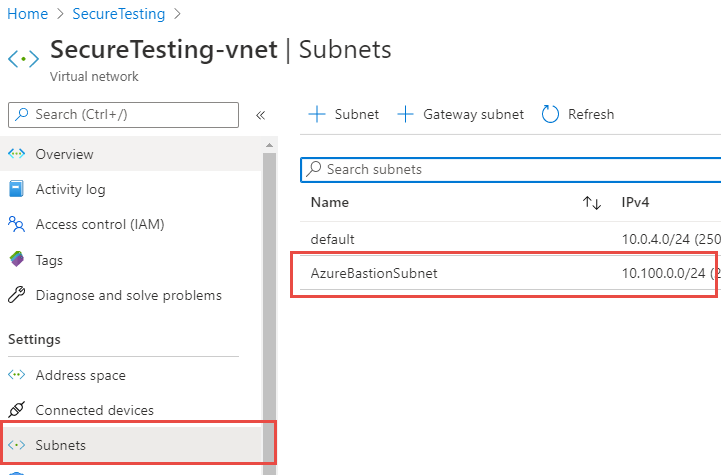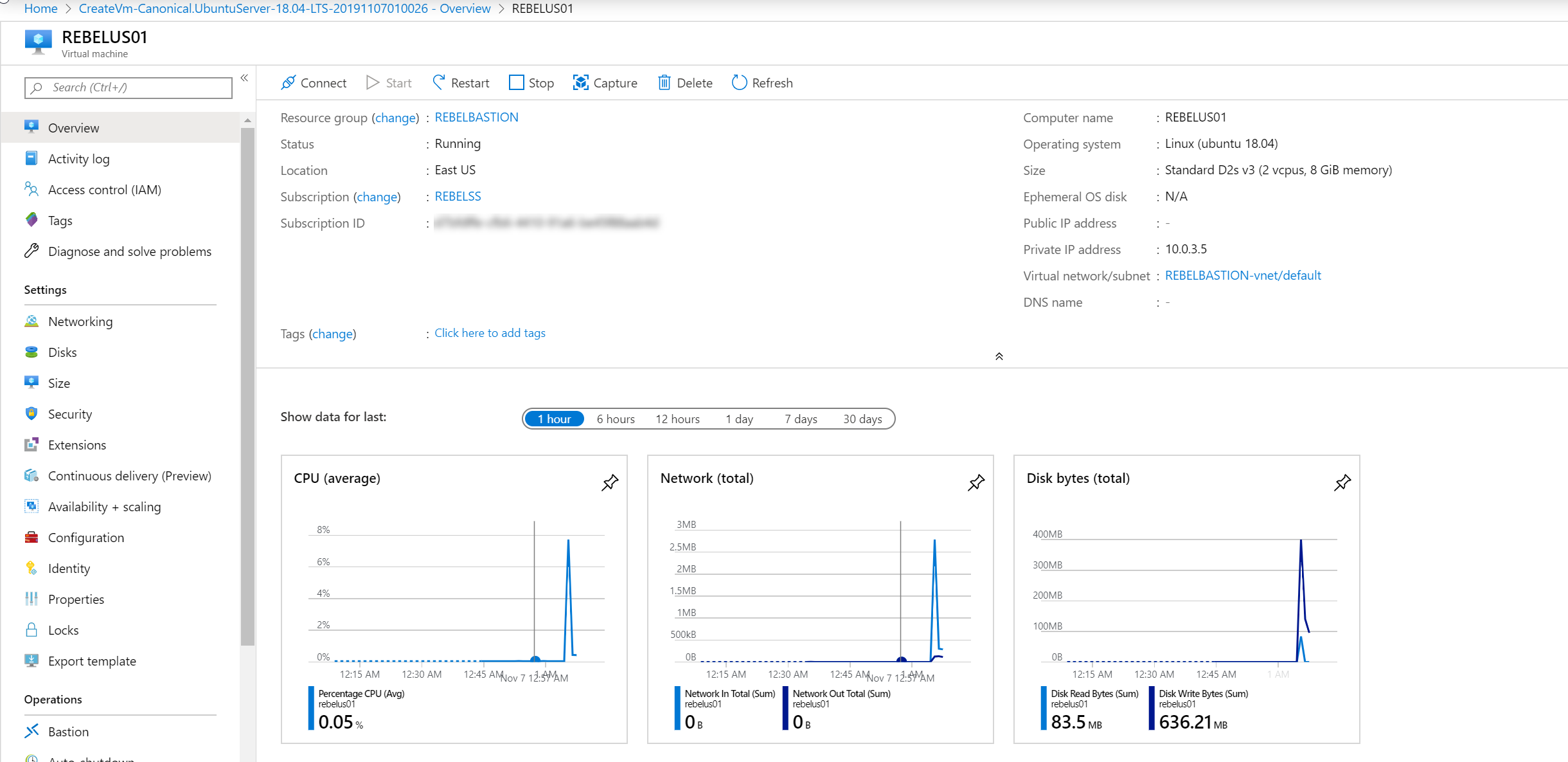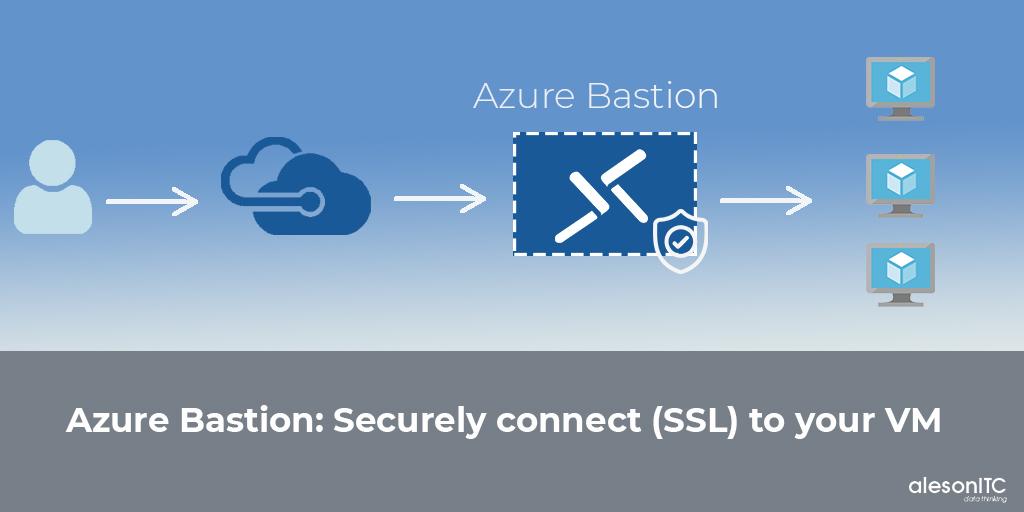


The VM is placed in the back-end pool of a standard load balancer, with or without outbound rules.A public IP address is assigned to the VM.The default outbound access IP is disabled when one of the following events happens: The default outbound access IP mechanism provides an outbound IP address that isn't configurable. Leave the rest of the settings at the defaults and select Review + create.Īzure provides a default outbound access IP for VMs that either aren't assigned a public IP address or are in the back-end pool of an internal basic Azure load balancer. Leave the rest at the defaults and select OK. Select the Networking tab at the top of the page.Įnter or select the following information in the Networking tab: Setting Select Ubuntu Server 22.04 LTS - 圆4 Gen2. Select No infrastructure redundancy required.

On the Basics tab of Create a virtual machine, enter or select the following information: Setting In Virtual machines, select + Create, then Azure virtual machine. In the portal, search for and select Virtual machines. The following procedure creates a test virtual machine (VM) named vm-1 in the virtual network. Select Review + create at the bottom of the screen, and when validation passes, select Create. In Edit subnet, enter or select the following information: Setting In the address space box in Subnets, select the default subnet. Select Next to proceed to the IP Addresses tab. If you're deploying Bastion as part of a tutorial or test, we recommend that you delete this resource once you've finished using it.Įnter or select the following information in Azure Bastion: Setting For more information, see Pricing and SKUs. Hourly pricing starts from the moment Bastion is deployed, regardless of outbound data usage. For more information about Azure Bastion, see Azure Bastion The VMs don't need public IP addresses, client software, or special configuration. Select Enable Bastion in the Azure Bastion section of the Security tab.Īzure Bastion uses your browser to connect to VMs in your virtual network over secure shell (SSH) or remote desktop protocol (RDP) by using their private IP addresses. Select Next to proceed to the Security tab. On the Basics tab of Create virtual network, enter or select the following information: Setting On the Virtual networks page, select + Create. In the portal, search for and select Virtual networks. The following procedure creates a virtual network with a resource subnet, an Azure Bastion subnet, and an Azure Bastion host. Select the Review + create tab, or select the blue Review + create button at the bottom of the page.Ĭreate a virtual network and bastion host In the Outbound IP tab, enter or select the following information: Setting Select the Outbound IP tab, or select the Next: Outbound IP button at the bottom of the page. Select OK.įor information about availability zones and NAT gateway, see NAT gateway and availability zones. In Create network address translation (NAT) gateway, enter or select this information in the Basics tab: Setting Select NAT gateways in the search results. In the search box at the top of the portal, enter NAT gateway. You can use one or more public IP address resources, public IP prefixes, or both.įor information about public IP prefixes and a NAT gateway, see Manage NAT gateway. In the following steps, you create a resource group, NAT gateway resource, and a public IP address. Create a NAT gatewayīefore you deploy the NAT gateway resource and the other resources, a resource group is required to contain the resources deployed. Sign in to the Azure portal with your Azure account.

An Azure account with an active subscription.The NAT Gateway service provides outbound connectivity for virtual machines in Azure.
#CREATE AZURE BASTION HOW TO#
In this quickstart, learn how to create a NAT gateway by using the Azure portal.


 0 kommentar(er)
0 kommentar(er)
